Mild COVID Infections Trigger Deadly Autoimmune Response Doctors Never Expected
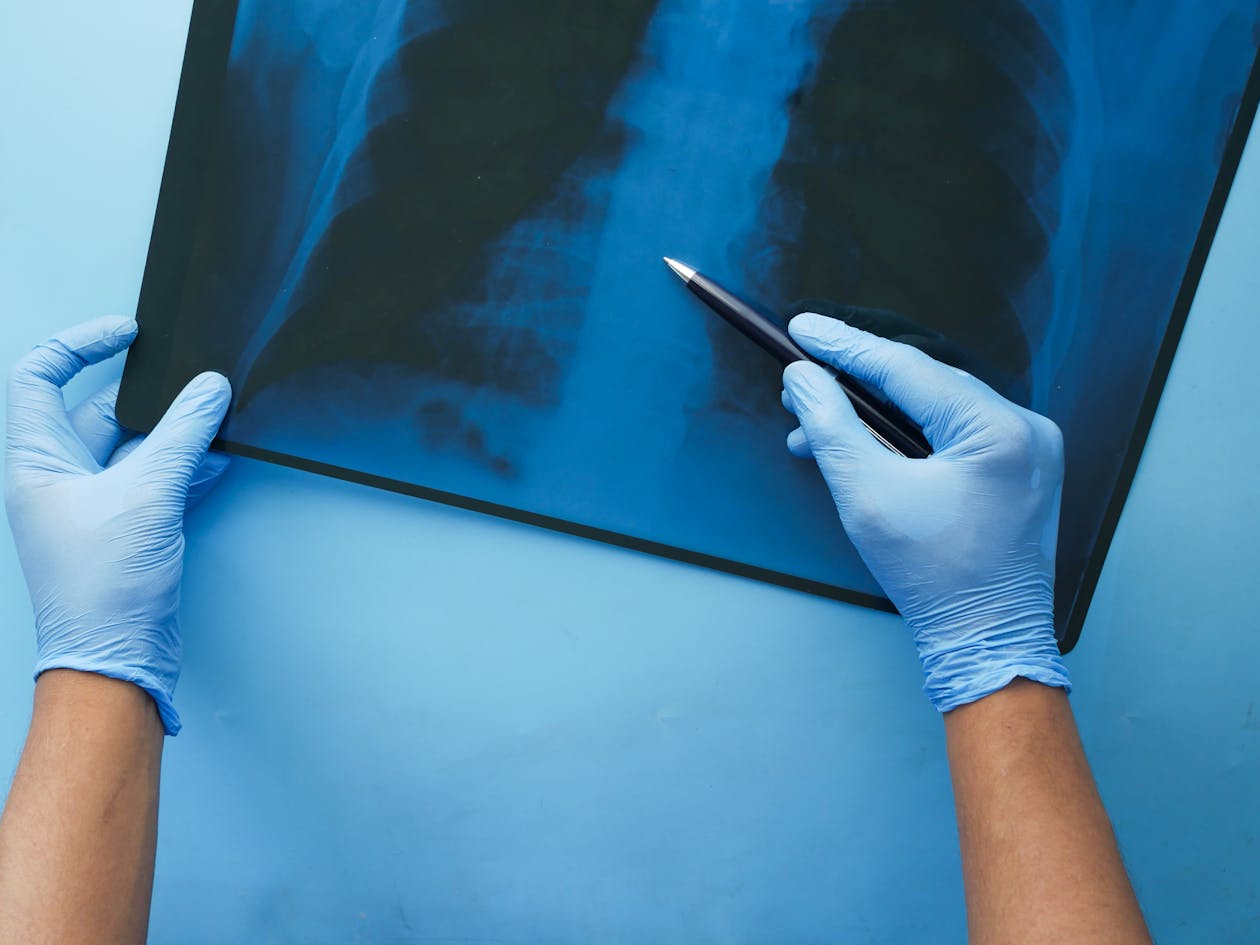
Doctors in Yorkshire, England noticed something strange in 2021. Patients kept arriving at their clinics with a rare autoimmune disorder that, until recently, they’d almost never seen. Week after week, month after month, the cases piled up. By the end of 2022, they had documented 60 new cases of a disease that typically affects a handful of people per year. Eight of those patients died.
What made these cases even more peculiar was who got sick. Anti-MDA5 positive dermatomyositis had been, before the pandemic, a disease that struck Asian populations. Yet suddenly, Caucasian residents of Yorkshire were developing it at rates never before recorded. Medical teams began to ask an uncomfortable question they couldn’t ignore. Could COVID-19 be triggering a new and deadly autoimmune condition?
Yorkshire Doctors Sound the Alarm on a Mysterious Lung Disease
Between 2020 and 2022, Yorkshire hospitals recorded an explosion in MDA5 autoimmunity cases. Before the pandemic, doctors in the region saw MDA5 positivity rates hover around 0.4% to 1.2% annually. In 2021 alone, that rate jumped to 4.8%. Something had changed.
MDA5, or melanoma differentiation-associated protein 5, serves as an RNA sensor in your body. It acts as a sentinel, detecting viral invaders. When SARS-CoV-2 enters your system, MDA5 springs into action, recognizing the virus and triggering an immune response. But in some people, that protective mechanism goes haywire. Antibodies meant to fight the virus instead attack MDA5 itself.
Researchers studying the Yorkshire outbreak noticed the timing immediately. Case numbers surged in lockstep with major COVID waves. Peak MDA5 positivity followed peak viral circulation by several months, suggesting a delayed autoimmune response rather than acute infection symptoms.
Most striking was what researchers didn’t find in patient histories. Only 8 of the 60 patients had confirmed prior COVID-19 infections. Many appeared to have sailed through the pandemic without ever testing positive. Yet their immune systems told a different story.
Silent Infections Pack a Deadly Punch
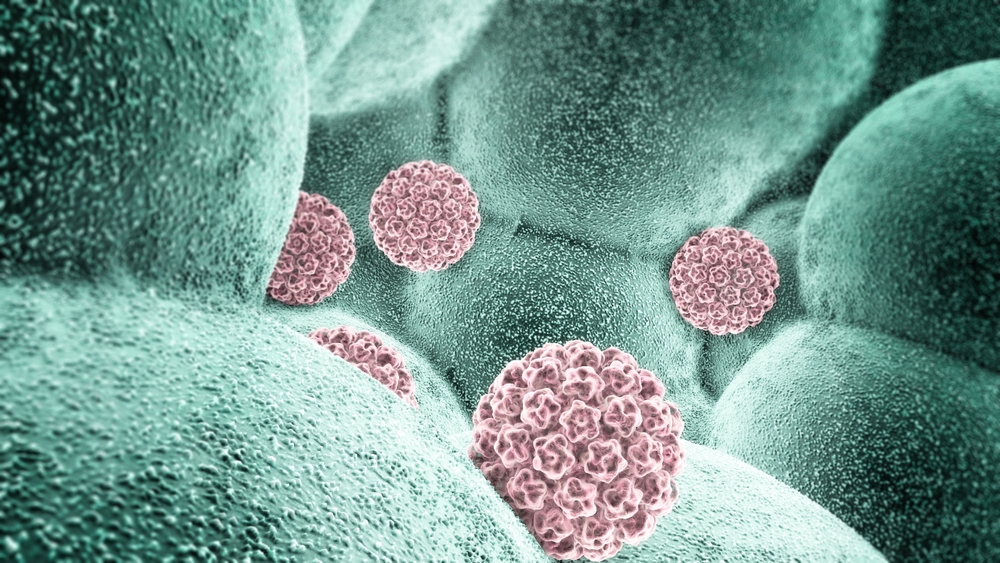
You might have had COVID without knowing it. Your body might have mounted an immune response you never felt. And months later, that silent battle could trigger an autoimmune attack on your lungs.
Study authors observed that “even mild infections that produce no initial symptoms may be sufficient to trigger MDA5 autoimmunity.” Your lack of symptoms doesn’t protect you from consequences that arrive later.
When antibodies attack MDA5, they set off a cascade of inflammation. Researchers found high levels of interleukin-15, a cytokine that pushes immune cells to exhaustion. One of the study authors explained that IL-15 “can push cells to the brink of exhaustion and create an immunologic phenotype that is very, very often seen as a hallmark of progressive interstitial lung disease, or fibrosis of the lung.”
Lung scarring develops as inflamed tissue hardens and loses elasticity. Oxygen transfer becomes harder. Breathing requires more effort. In the most severe cases, lungs simply stop working well enough to sustain life.
Two Faces of the Same Disease
MIP-C, as researchers have dubbed this syndrome, doesn’t present uniformly. About 42% of patients developed interstitial lung disease, the most dangerous manifestation. Among those with lung involvement, one-third experienced rapid progression. Eight died despite aggressive medical intervention.
But 58% of patients showed different symptoms entirely. Skin rashes appeared on 18 patients. Twenty developed Raynaud’s phenomenon, where fingers and toes turn white or blue in response to cold or stress. Five exhibited mechanic’s hands, a rough, cracked appearance of palms and fingers. Fourteen experienced proximal myopathy, a weakness in muscles close to the body’s center.
Patients ranged from 9 to 90 years old, with a median age of 56. Women outnumbered men, comprising 60% of cases. Four children developed the condition, though none died and none had received COVID vaccines.
Creatine kinase levels, which typically spike in muscle diseases, remained relatively normal in most patients. Median CK levels measured just 90.5 units per liter, consistent with what doctors call clinically amyopathic dermatomyositis. Muscle damage wasn’t driving the disease. Something more subtle was happening at the cellular level.
Genetic Lottery Determines Your Risk
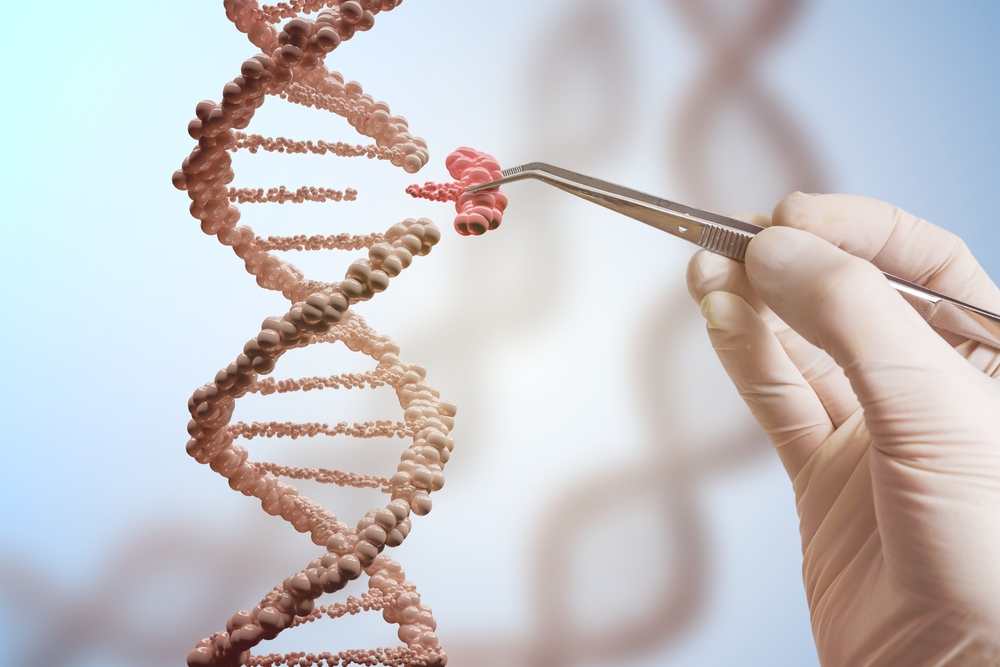
Not everyone exposed to SARS-CoV-2 develops MIP-C. Genetic variations appear to separate those who mount a dangerous autoimmune response from those who don’t.
A variant in the IFIH1 gene, designated rs1990760 TT, offers protection. Patients carrying two copies of this variant showed much lower induction of MDA5 transcripts. Their immune systems didn’t overreact to viral exposure the way others did.
But that protection comes with caveats. Age matters. Younger patients with the TT variant showed higher IFIH1 induction than older patients with the same genetic makeup. Among patients without the protective variant, women experienced more severe inflammatory responses than men. Milder COVID cases paradoxically increased risk, while severe cases requiring ICU care triggered different pathological pathways entirely.
Corticosteroid treatment helped patients lacking the protective variant but did nothing for those who had it. Your genes dictate not just your risk but also which treatments might work.
When Lungs Betray You
MIP-C: An entirely new COVID-related syndrome!
— Vipin M. Vashishtha (@vipintukur) May 9, 2024
➡️ A distinct pattern of deadly MDA5-autoimmunity cases surged contemporaneously with circulation of the SARS-COV-2 virus during COVID-19 pandemic in the UK. 1/ pic.twitter.com/Xc96looIdG
For patients who developed interstitial lung disease, prognosis varied wildly. Chest CT scans revealed a range of abnormalities. Six patients showed both fibrosis and ground glass opacities, a hazy appearance indicating inflammation. Eight had pure fibrotic changes, suggesting irreversible scarring. Nine displayed only ground glass changes, potentially reversible with treatment. One patient developed pneumomediastinum, air leaking into the chest cavity.
Rapid progression claimed eight lives. Four others continue to decline despite treatment. Twelve stabilized, though whether they’ll remain stable or eventually progress remains unknown.
Treatment responses proved inconsistent. Some patients improved with immunosuppressive therapy. Others deteriorated regardless of intervention. Doctors found themselves in uncharted territory, applying treatments developed for classic MDA5 disease to a condition that behaved differently.
Among the eight who died, four had high anti-MDA5 antibody levels. Three had low levels, defying the assumption that antibody concentration predicts severity. One patient’s antibody level was never recorded. Trying to predict who would die based on lab values proved impossible.
Science Reveals the Inflammatory Storm
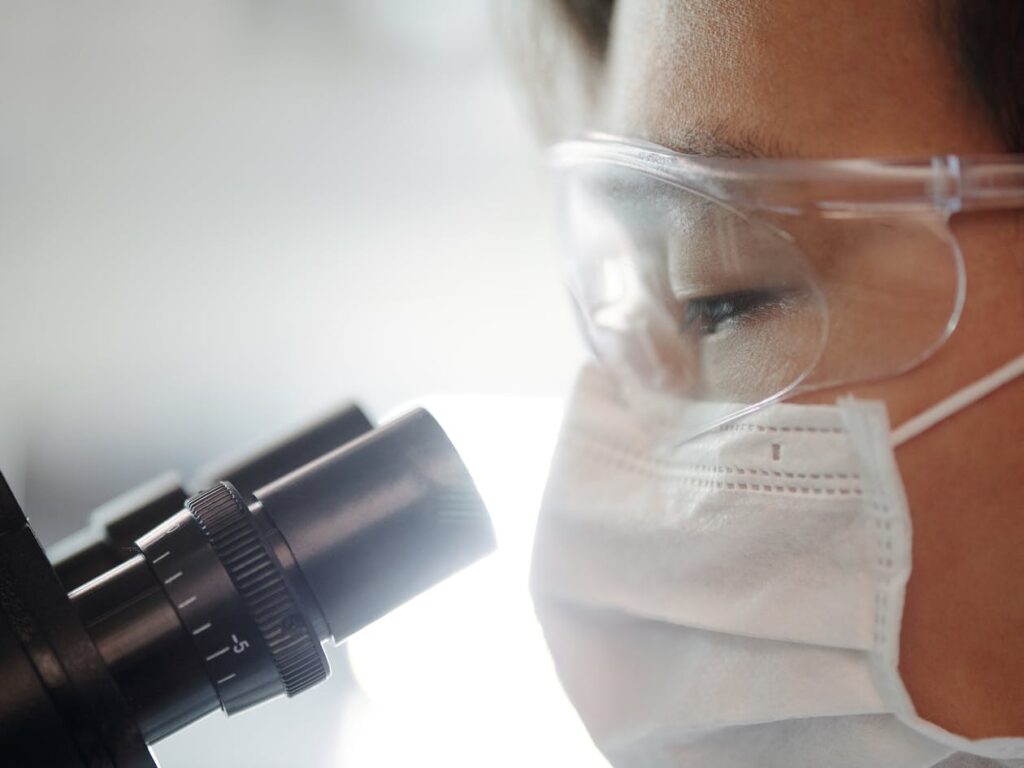
To understand why MIP-C develops, researchers analyzed gene expression patterns in COVID patients. They examined lung tissue, blood samples, and cells exposed to virus-containing exosomes.
IFIH1, the gene encoding MDA5, showed marked induction in COVID lungs across multiple cell types. Epithelial cells lining airways, immune cells infiltrating tissue, and alveolar cells handling gas exchange all cranked up MDA5 production.
But IFIH1 induction didn’t occur in isolation. It correlated tightly with a type 1 interferon response centered on IL-15. Gene signatures matching those seen in systemic autoimmune rheumatic diseases appeared throughout COVID lung tissue. Patterns resembling systemic sclerosis, polymyositis, and rheumatoid arthritis emerged in patients who’d never had those conditions.
Crucially, these patterns differed from idiopathic pulmonary fibrosis. IPF and autoimmune lung diseases both scar lungs, but through different mechanisms. COVID lungs showed autoimmune signatures, not IPF signatures. Patients developing lung disease after COVID followed an autoimmune pathway.
Exosomes extracted from COVID patients’ blood and applied to cultured lung cells triggered the same response. Viral RNA, packaged in tiny vesicles and circulating through the bloodstream, activated MDA5 in cells far from the initial infection site. Your immune response to COVID in your nose could trigger autoimmunity in your lungs weeks later.
Beyond Yorkshire to Global Phenomenon

Yorkshire isn’t unique. As awareness spread, doctors worldwide began reporting similar cases. MIP-C appears to be a global phenomenon that emerged during the pandemic years.
Study author Pradipta Ghosh noted that reports are now coming in from all over the world. What looked like a local outbreak was actually the first careful documentation of something happening everywhere.
MIP-C differs from classic MDA5 disease in key ways. Classic MDA5 positive dermatomyositis strikes Asian populations almost exclusively. Nearly universal lung involvement characterizes the traditional form, with mortality rates approaching 50% in some studies. MIP-C shows lower rates of pulmonary complications, at least in the first few years. Whether that represents a truly milder form or simply earlier detection remains unclear.
Vaccination timing correlated strongly with case surges. In Yorkshire, 58% of patients had received COVID vaccines before testing positive for anti-MDA5 antibodies. But 42% hadn’t been vaccinated, ruling out vaccines as a sole cause. Researchers concluded that “these findings suggest an immune reaction or autoimmunity against MDA5 upon SARS-CoV-2 and/or vaccine exposure.”
Both natural infection and vaccination can trigger the immune cascade leading to MIP-C. RNA vaccines, which rely on modified mRNA to generate immune responses, engage MDA5 just as natural viral RNA does. In susceptible individuals, that engagement spirals into autoimmunity.
Hope Lives in Treatment Options
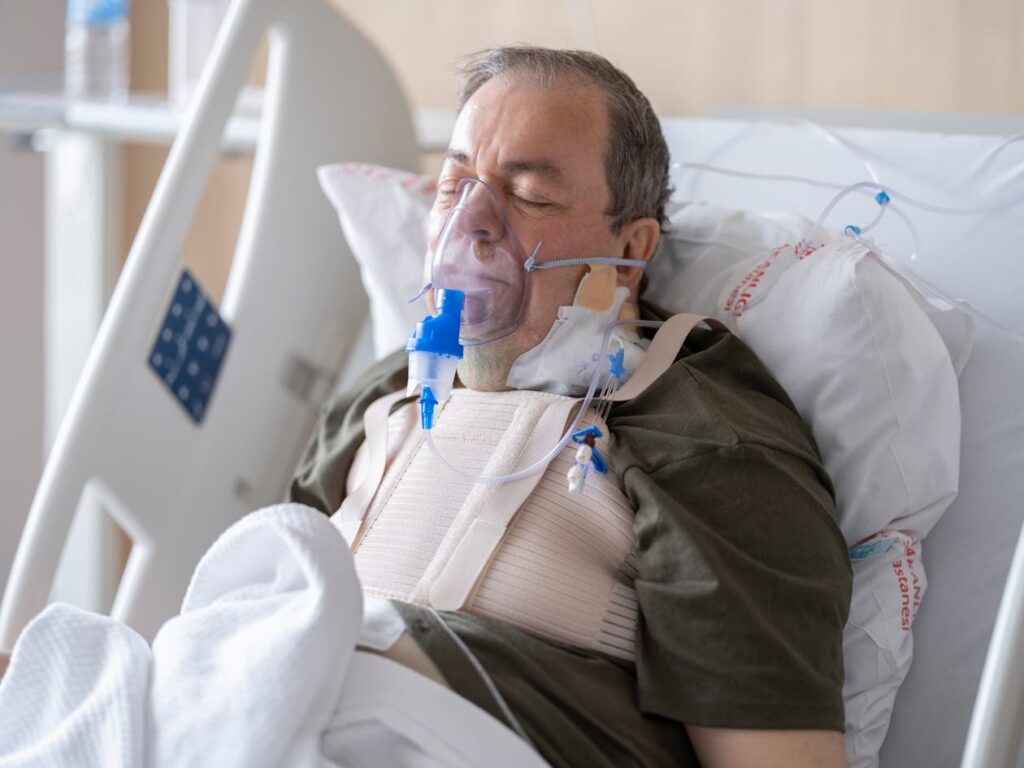
Not all MIP-C patients face grim prognoses. Many stabilized without aggressive treatment. Twelve patients with lung involvement remained stable through observation alone. Among those without lung disease, many required only modest immunosuppression or none at all.
JAK inhibitors, drugs that block inflammatory signaling pathways, show promise. Tofacitinib and related medications target the IL-15 pathway implicated in MIP-C pathogenesis. Early reports suggest benefit in some patients, though controlled trials haven’t yet been completed.
Recognizing MIP-C early changes outcomes. Patients caught before extensive fibrosis develops respond better to treatment. Lung tissue that’s inflamed but not yet scarred can recover. Once scarring sets in, reversal becomes impossible.
Genetic testing for the rs1990760 variant could identify patients at lower risk of progression. Those with protective variants might need less aggressive monitoring. Patients lacking protection warrant closer follow-up and earlier intervention.
Age and sex also inform prognosis. Older patients with protective variants fare better than younger ones. Women without protective variants need more aggressive treatment than men with similar clinical presentations.
What Comes Next for Post-Pandemic Medicine
Four years into the pandemic era, critical questions remain unanswered. Will MIP-C cases continue appearing as new variants spread? Will patients who currently show only mild symptoms eventually develop severe lung disease? Does repeated COVID exposure increase risk, or does prior infection confer some protection?
Long-term studies tracking MIP-C patients will reveal whether the condition evolves. Classic MDA5 disease can smolder for years before exploding into life-threatening lung failure. Whether MIP-C follows a similar pattern or burns itself out remains unknown.
Clinicians face a diagnostic challenge. Shortness of breath after COVID could signal anything from deconditioning to heart damage to MIP-C. Rashes and muscle aches plague millions of long COVID patients. Distinguishing MIP-C from other post-viral syndromes requires antibody testing that many doctors don’t think to order.
Awareness matters. Rheumatologists, pulmonologists, and primary care physicians need to know MIP-C exists. Patients presenting with unexplained dyspnea, especially those with skin changes or muscle weakness, warrant screening for myositis-specific antibodies including anti-MDA5.
Research into prevention could save lives. If scientists can determine what triggers the autoimmune switch, interventions might block that pathway. Modified vaccines that avoid MDA5 engagement while still generating immunity could eliminate vaccination-related cases. Treatments given during acute COVID might prevent autoimmunity from developing weeks later.
Meanwhile, doctors in Yorkshire and beyond remain watchful. Each new case adds to medical understanding. Each treatment success or failure teaches valuable lessons. And somewhere, your immune system remembers its encounter with SARS-CoV-2, for better or worse. Whether that memory protects you or threatens you depends on factors science is only beginning to understand.
Loading...

